When Bolesław Krzywousty died in 1138, his country was divided into several parts. Everything took place in accordance with the will of the deceased. But why did the prince decide to break his own inheritance?
“The so-called Bolesław's last will evoked not only opposition from many powerful people, but also met with radically different opinions from historians. Some saw it as an expression of political caution, others as an ill-considered act that caused the division of the state, "writes Sławomir Leśniewski in the book" The Piast family of predators ".
The ruler undoubtedly wanted to secure peace and please all heirs. So did there have to be a political catastrophe?
Bloody Brothers War
The division of the country among the sons of the ruler was nothing new in the 12th century. Mieszko I was the first to do it in Poland, but Bolesław the Brave chased away his brothers. Successive Piast rulers allocated individual districts to their descendants. This was done, among others, by Krzywousty's father, Władysław Herman.
This prince, who ruled from 1079, apart from Bolesław, had one more, older son:Zbigniew, who was illegitimate, but considered an heir. Young people demanded their own districts during their parent's lifetime and received them. Initially, they acted together, opposing Herman and Sieciech, his palatine. Their cooperation, however, ended shortly after the death of their father in 1102. They said they had already argued over his coffin.
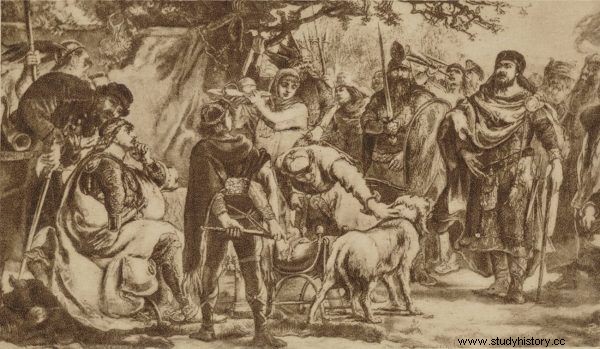
Bolesław Krzywousty and Zbigniew in front of Władysław Herman. Painting by Jan Matejko.
Over the next few years, the brothers fought ruthlessly for supreme power over the state, often asking their neighbors for help. Although the younger of Władysław's descendants quite quickly marked his dominance, due to the family rivalry, Poland got involved in an exceptionally bloody war with Germany.
Zbigniew's story ended tragically:in 1112 he was blinded by Krzywousty and died shortly thereafter. The indignation at this mutilation was immense. Bolesław was cursed and was threatened with removal from the throne. In order to atone for his act, he had to make a pilgrimage to Hungary, among other things. Winning over my brother and gaining full power proved very costly, both for him and for the country.
For the sake of peace
Perhaps it was the experiences of his youth that made the prince, at the end of his reign, most of all trying to secure peace. In 1135, he paid tribute to the emperor, then tightened his ties with Russia and calmed down relations with the Czechs. He also prepared a succession law regulating the relations between his heirs. It is possible that the creation of the statute was also supported by the Church, tired of being a mediator between the Piasts.
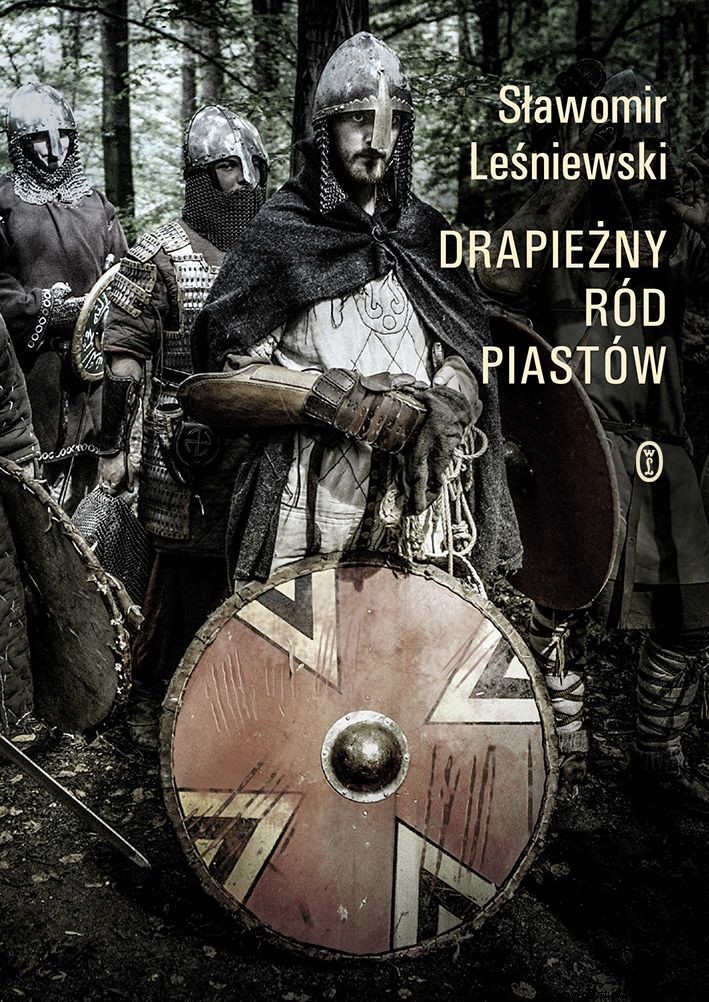
Krzywousty left behind a whole group of potential heirs. No wonder he was afraid for the future of the country! He had five sons from two marriages. Władysław's firstborn, later called the Exile, was the son of the prince's first wife, Zbyslava. With his second wife - Salomea, daughter of Count Berg - the Polish ruler had more male heirs. Bolesław Kędzierzawy, Mieszko Stary, Henryk Sandomierski and Kazimierz the Righteous lived to adulthood.
The principles of inheriting power introduced by the prince in Poland are usually associated with the year 1138. This is because they came into force after his death. Wincenty Kadłubek also informed that this was to be the prince's last will. In fact, there are many indications that the decision to partition the state was not a will, but a succession act prepared in advance .
Historians are not sure when this new regulation exactly came into being. It is speculated that the idea of ordering inheritance matters might have appeared as early as 1115, when the ruler's second son was born. Some researchers also point to the year 1118, when the palatine Skarbimir rebelled against Wrymouth. Perhaps he did it precisely because the ruler planned to limit the influence of the nobility on the election of a new prince? However, the draft of the "will" may have arisen later.
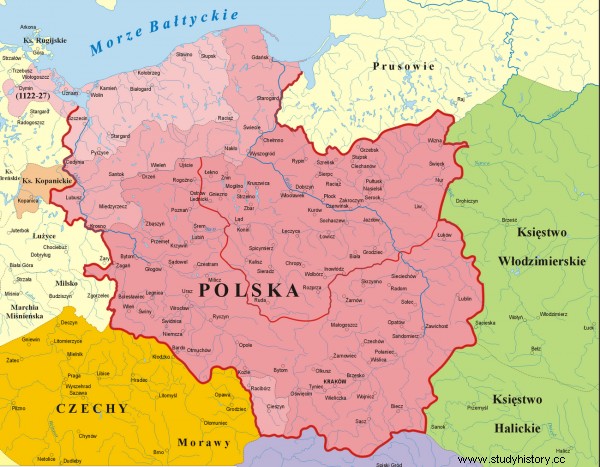
Poland during the reign of Bolesław Krzywousty.
It is worth emphasizing that Bolesław's attempt to formulate a permanent principle of division and determination of sovereignty was a novelty in Poland. Zdzisław Pietras, the prince's monographer, compares the succession act to the constitution. Interestingly, since it was about a permanent change, the prince discussed his plans publicly. He obtained the approval of the nobility and the episcopate for them, and also led to the adoption of these rules at a rally. Some historians believe that information about the new rules of succession was also sent to the Holy See. Others, however, doubt whether the first version of Wrymouth's "will" was even written in writing.
State run by the House
What exactly was in the law? Unfortunately, its content has to be recreated on the basis of various premises. One of the most important sources of the transfer of power in the state is the bull of Innocent II of 1210, issued thanks to the efforts of Henry the Bearded. At that time, the problem of succession seemed to be very complicated and the bull was supposed to restore the rules established by the Wrymouth.
According to the papal document, the supreme power in the state fell to the one who at a given moment was "the elder of the whole family" ("de toto genere maior"). It was therefore about the seniority, the ancient principle of leadership in the family. Neither line was excluded from the inheritance of supreme authority. The state remained governed by one dynasty as a whole.
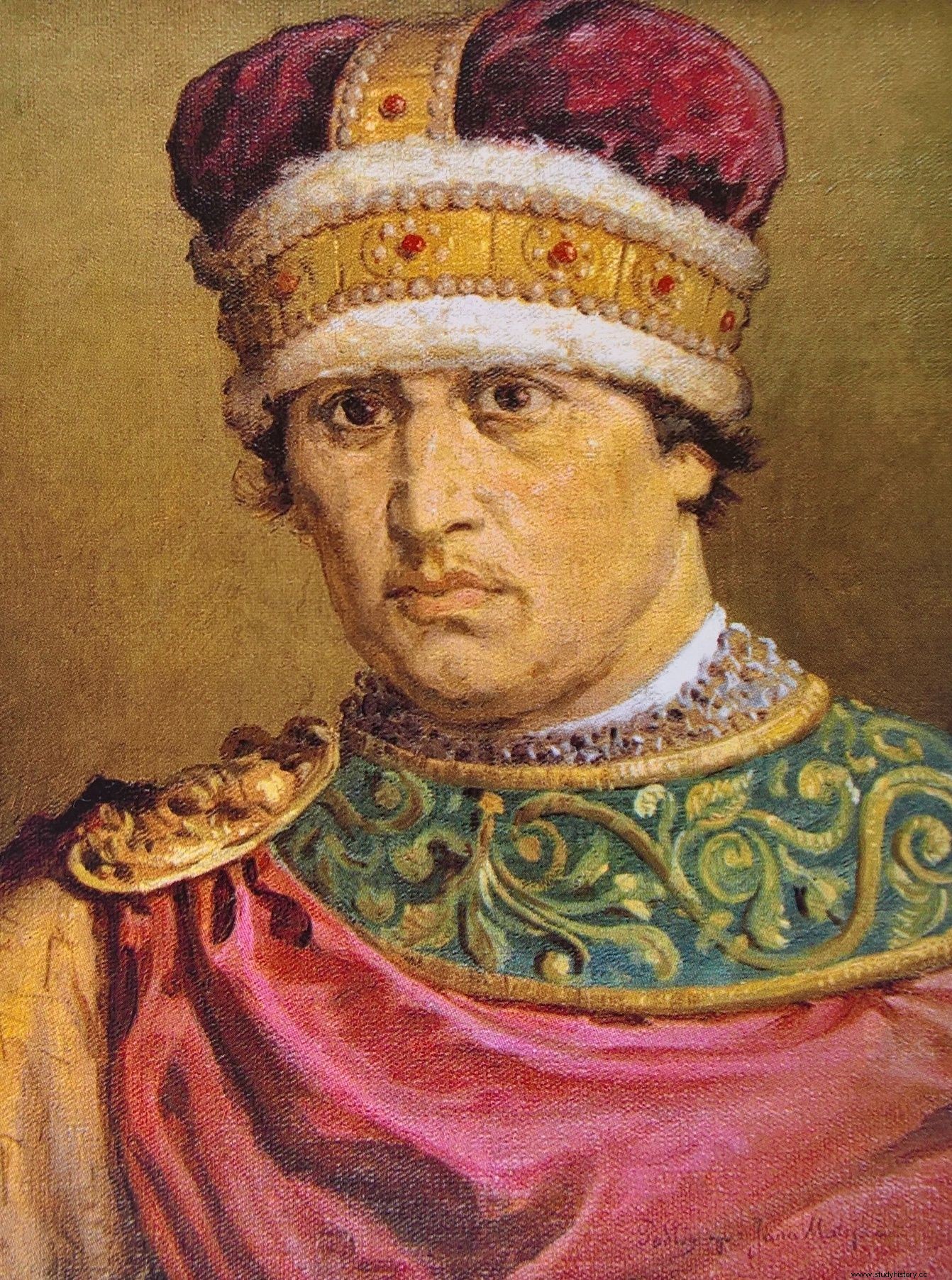
The firstborn son of Krzywousty, Władysław in the portrait by Jan Matejko.
The senior, regardless of owned estates, also took over the government in the senior district. It was Małopolska with the capital in Kraków. In addition, there was Pomerania as a fiefdom, and perhaps also the Sieradz-Łęczyca land. Historians do not exclude that the senior also included Gniezno and Kalisz, and even Kujawy. The remaining districts were created to provide material security for all the prince's descendants. They also protected the juniors from the exaggerated ambitions of the eldest of the family.
The latter, from the moment of taking over Kraków, had supreme power throughout the country. Other princes were obliged to recognize its primacy. It was he who decided about foreign policy, represented the state externally and concluded treaties. He had the right to investiture of the archbishop and bishops. He was also in charge of the highest judiciary.
Today it is difficult to clearly recreate the boundaries of the original hereditary districts. Kadłubek mentions four. Closer to the events, the "Annals of Polesia" informs that initially only three were created - for the three eldest sons of Krzywousty. This version is confirmed by a document from the Bishop of Wrocław, Marcin, from 1139. According to him, in 1139 Poland was ruled by "Władysław in Kraków, Bolesław in Mazovia and Mieszko in Poznań."
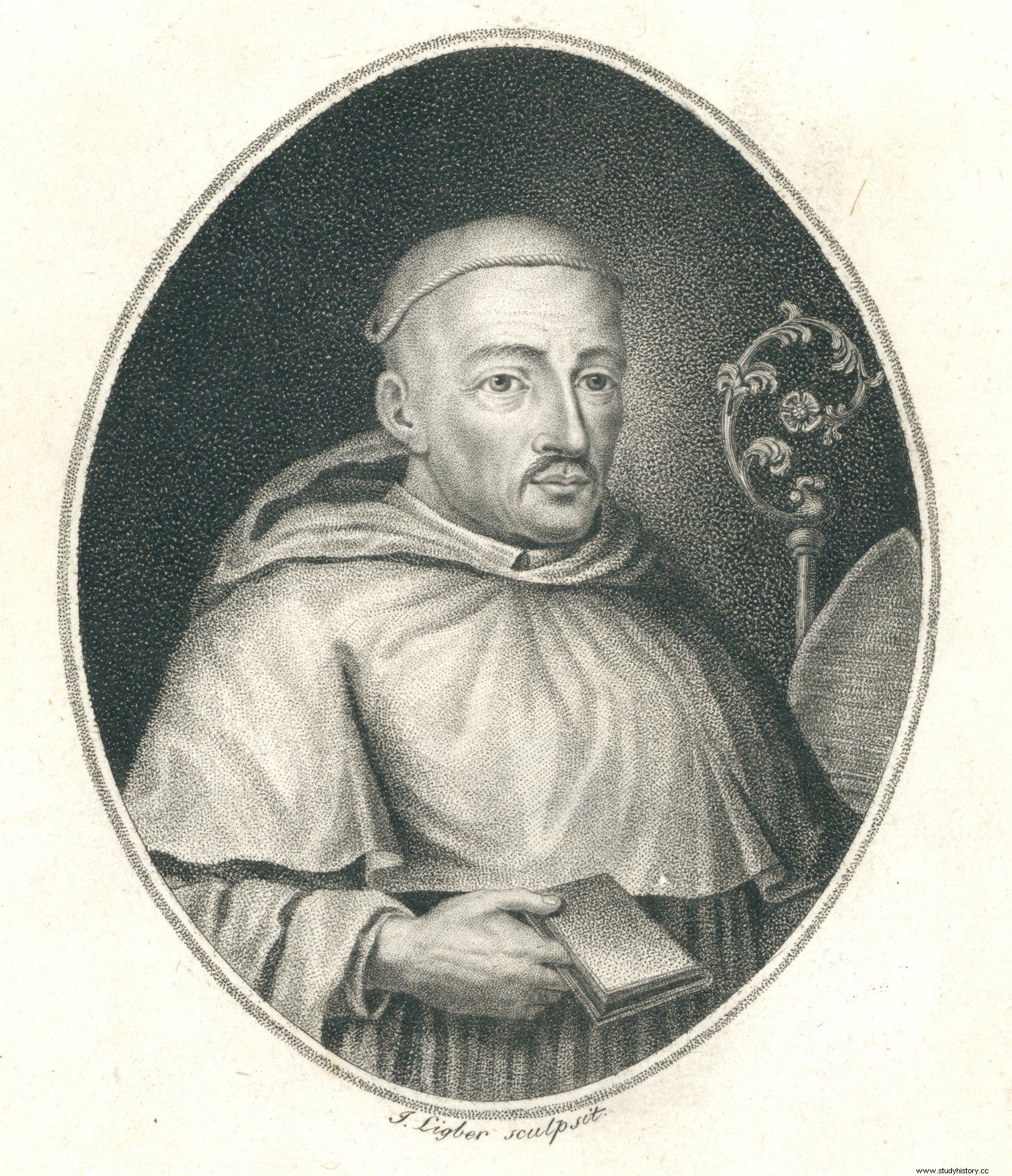
Wincenty Kadłubek wrote about four districts, but there are many indications that there were initially three.
Everything indicates that in 1138 only three districts were created:Silesia, Mazowsze and Greater Poland. Władysław, the eldest of the sons, received the first of them. And, of course, he took over Lesser Poland.
As a rule, senior lands were indivisible and non-hereditary. Historians, however, are not sure what Boleslaw's plans were for the remaining territories. Perhaps he also did not want them to be inherited? In any case, it was different: junior districts eventually became the property of individual Piast lines. And they were further divided…
Polish game of thrones
What about the youngest sons of the prince who were not included in the first partition of the state? When Henryk grew up, he was given the land of Sandomierz for life. It is possible that the father himself made such an adjustment obligatory for his older brothers. Kazimierz, born after the approval of the statute, initially lived with his mother in the land of Łęczyca, a "widow's home" probably part of the senior lands.
Despite the noble intentions of the author of the Succession Act, the rivalry between the brothers began in 1141, only three years after his death. When Władysław began to pursue a more independent policy, he encountered resistance from his younger brothers and their mother. The conflict quickly escalated and only five years later, in 1146, the first senior was forced to leave Poland. He fled to Germany, but he continued his attempts to regain power. Local kings supported him:Conrad III, and then Frederick Barbarossa. This is how the game for the Krakow throne began.
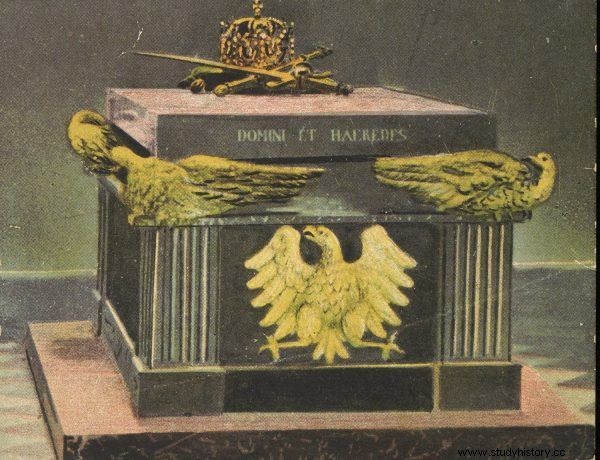
The tomb of Władysław Herman and Bolesław the Wrymouth in the Płock cathedral.
Critics of Krzywousty's statute note that the prince unnecessarily "armed" the juniors. In the Czech Republic, which did not collapse, the non-ruling princes only received land estates, but did not have the strength to declare war on the senior. Poland shared the fate of Ruthenia, where the Grand Duchy of Kiev was as weak as other principalities, and the princeps were constantly fighting among themselves for supreme power. As Sławomir Leśniewski writes in the book "Drapieżny ród Piastów":
Unfortunately, the concept of Boleslaw, omitting many essential elements, may be the most imperfect human nature and the eternal lust for power resulting from it, did not pass the test against the harsh reality and failed to protect states from disintegration. They were faced with a district breakdown and a series of fraternal, devastating, politically often barren wars.
What was supposed to reconcile the interests of various members of the dynasty turned out to be the beginning of a nearly two-hundred-year political crisis. Despite the efforts of Bolesław Krzywousty, the war between his descendants could not be avoided.
